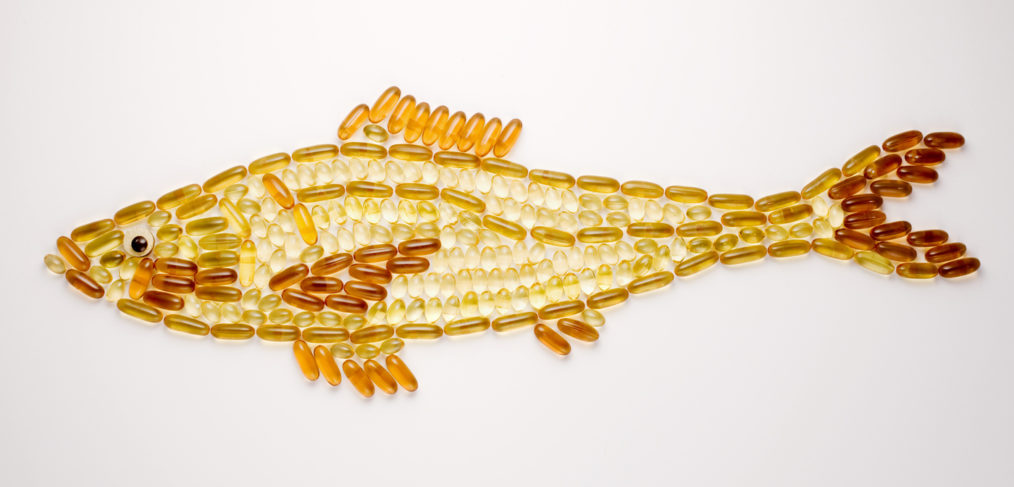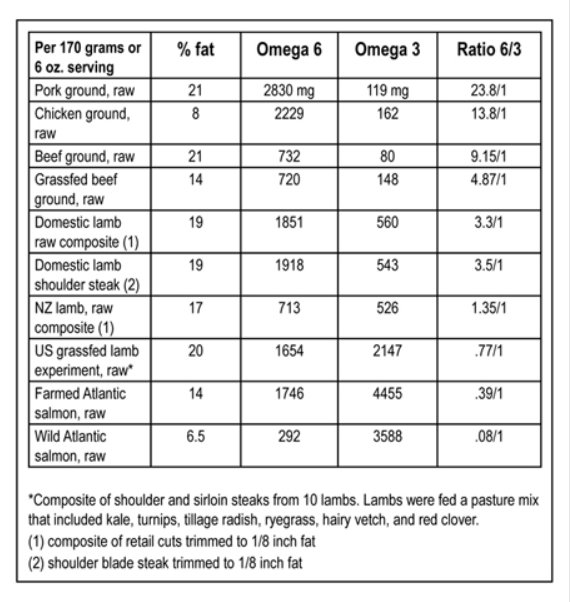
Do I Have to Eat Fish? The Omega 3 Question
Do I really need more omega-3 fat in my diet? How much is enough? How can I increase my omega-3 levels? Isn’t flax seed oil just as good as fish oil? These are questions I hear a lot in my practice.
Why are Omega-3’s Essential Fatty Acids?
Omega-3 fatty acids are classified as essential because your body can’t make them. But you need them for life itself. Every cell in your body incorporates omega-3’s into its membranes, in order for nutrients to enter and wastes to exit. Omega-3 fats are necessary for cell receptors to work properly. Not only that, you have to have omega-3’s to create hormones that regulate blood clotting, inflammation, and arterial dilation. They seems to be important in preventing heart disease and stroke, and may help control eczema, rheumatoid arthritis, and other immune conditions. They may even be cancer-protective.
There are three types of omega-3 fatty acids: ALA, EPA, and DHA. ALA is the most common in the American diet, showing up in vegetable oils, nuts, and seeds, particularly walnuts, chia, and flax. The other two omega-3 fats are considered marine oils because they occur mainly in fish. EPA and DHA do not exist in plants.
Why is DHA Important?
DHA, short for docosahexaenoic acid, perhaps should be considered an essential fatty acid in and of itself. While your body can convert some ALA from nuts and seeds into DHA, that conversion rate is less than 10%.

DHA is critical for your brain. A full fifth of all the fat in your brain is from DHA. Additionally, DHA functions like the insulation on all the electrical wires in your house: it forms the myelin that insulates all your brain circuits. The reason animals have DHA and plants don’t is because it’s used for focus, decision making, and problem solving. I haven’t met any reasoning plants, yet.
Studies show that the fewer animal foods you eat, the lower your DHA levels will be.

How Much is Enough?
The science of essential fatty acids is still young, and there are not defined minimums for omega-3 fatty acids in the diet. But here are some recommendations that we do have: According to the National Institutes of Health, an adequate intake of ALA for women is 1100 milligrams per day (1600 mg/day for men). The USDA 2015 dietary guidelines encourage adults to obtain at least 250 mg per day of marine omega-3 fatty acids to protect against heart disease.
Best Sources of DHA
Land animals have very little omega-3 compared to fish. While grass-fed beef may have twice as much omega-3 fat as corn-fed beef, still it only has about 80 milligrams in 3-4 ounces, compared to 1000 milligrams in the same size serving of salmon. Recently, however, lamb has come to the forefront as an alternative for those who can’t abide the smell or taste of fish. The chart below compares the amounts of omega-3 fatty acids in various cuts of meat.

Still, those numbers include ALA, and are not truly reflective of the amount of DHA available for your body. So, the bottom line is that yes, you do need to eat fish! A good recommendation is 8 ounces per week.

One comment